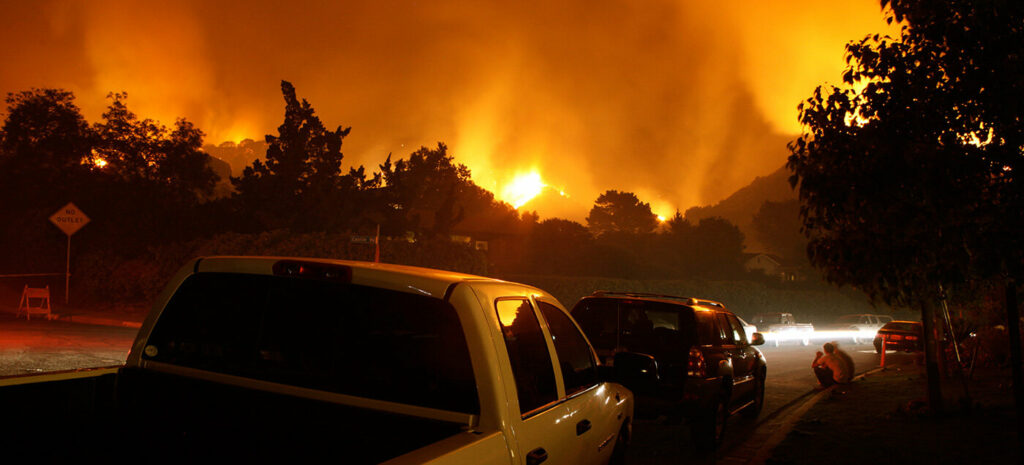
U.S. Home Buyers Continue to Flock to Climate Risky Areas
According to Redfin, U.S. homebuyers have paid a premium for high-fire-risk and high-flood-risk homes during and after the pandemic. This comes as more people have moved into than out of climate risky areas in recent years, in part because they can often get more bang for their buck and gain better access to nature.
The 50 counties with the largest percentage of homes facing high fire and flood risk saw their populations increase by an average of 3% and 1.9%, respectively, from 2016 through 2020 due to positive net migration. In addition, purchases of second homes with high flood, storm and/or heat risk surged roughly 40% over the past two years. Regardless of the increase in migration to climate risky areas, a Redfin survey found that 63% of people who moved during the pandemic believe climate change is or will be an issue in the place they now live.
“From devastating floods in Kentucky and Missouri to deadly fires in California and brutal heat waves across the U.S., it’s clear that natural disasters are intensifying. Still, people are moving into risky areas,” said Redfin Chief Economist Daryl Fairweather. “When people decide where to live, they consider a whole host of things ahead of climate change, which has potential implications on their safety, home stability, and finances.”
The median sale price of U.S. homes with high fire risk was $550,500 in April 2022, compared with $431,300 for homes with low fire risk. In other words, the typical home with high fire risk sold for $119,200 (27.6%) more than the typical home with low fire risk–the largest premium in dollar terms since at least 2017.
Places like fire-prone suburbia saw a surge in homebuyer demand over the last two years, causing prices to jump. That’s despite evidence that home prices have in the past recovered more slowly in fire-prone areas in the wake of disaster.
Similarly, the median sale price of homes with high flood risk was $402,010 in the first quarter of 2021, compared with $353,783 for homes with low flood risk. That means high-risk homes sold for a record 13.6% premium–up from a premium of 10.1% in the first quarter of 2020.
Redfin began displaying climate risk data in 2021 so that prospective homebuyers can better understand the climate risks for flood, fire, heat, drought and storm over a 30-year period to any area in which they’re searching for a home.
Source: THE WORLD PROPERTY JOURNAL
We are ready to boost your Returns With our Ideal Property management Services In Orlando or answer your inquiries Here: https://bullpropertymanagement.com/contact/
